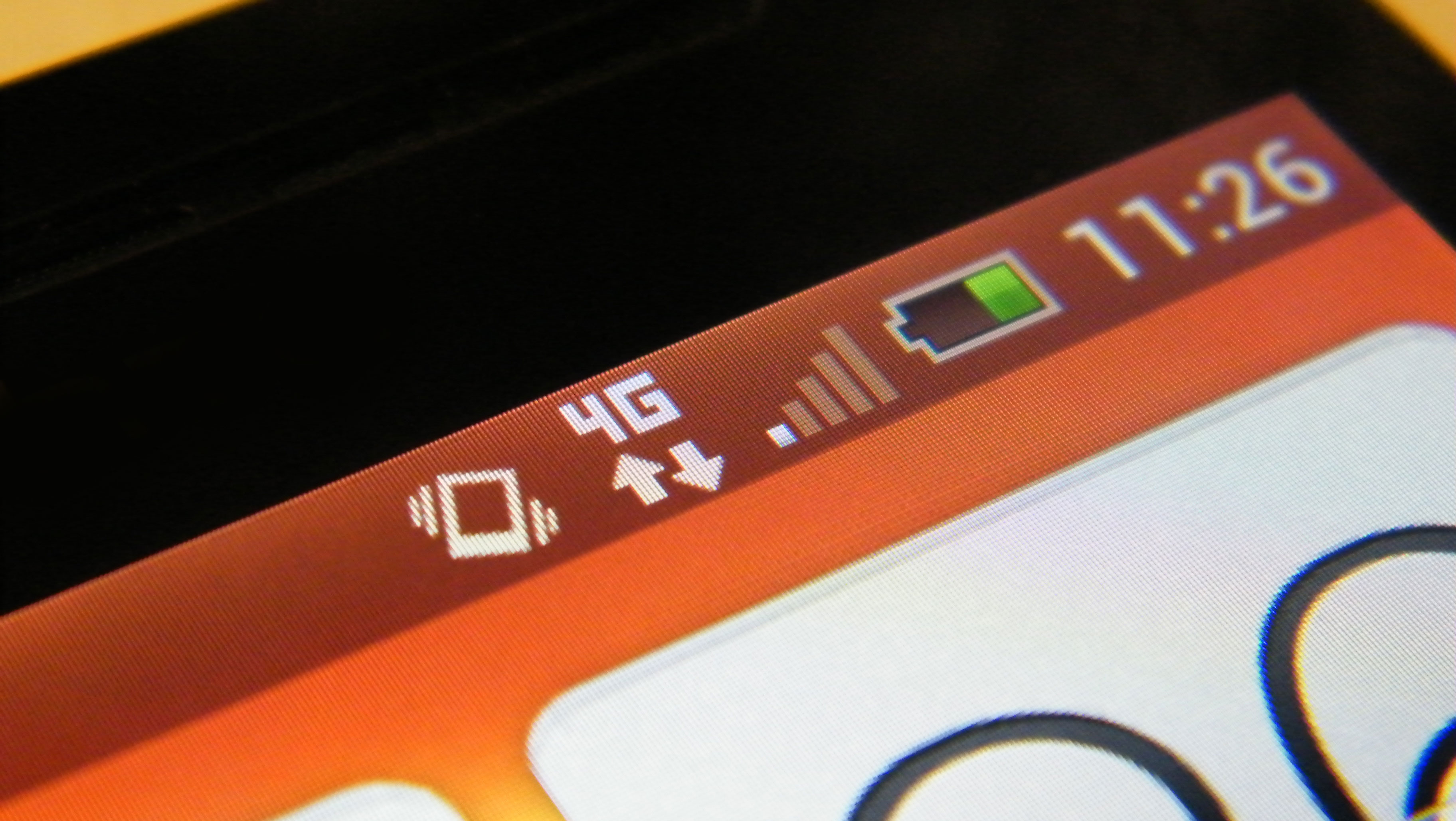Telstra hits 450Mbps speeds during LTE-A Carrier Aggregation experiment
Three 20MHz channels used on 1800MHz and 2600MHz bands

Telstra is looking to future-proof its 4G network as it tests a trial LTE-Advanced Carrier Aggregation combination of the 1800MHz and 2600MHz bands today.
Last year, Telstra introduced LTE-A Carrier Aggregation, which uses two blocks of channels on the 900MHz and 1800MHz spectrum bands, respectively.
Working again with network partner Ericsson, the telco installed equipment for two new 20MHz channels on the 2600MHz band. Telstra then aggregated the two channels with the live 20MHz channel on its existing 1800MHz 4G network.
A Category 9 device was used to combine the three different channels, through which simultaneous streams of data could travel.
According to Telstra, the trial managed to achieve speeds of 450Mbps, tripling current peak speeds on Telstra's network.
The 4G future
Mike Wright, Group Managing Director Telstra Network, has said that the tests were conducted to learn how the technology works and what it is capable of before investing in a roll out across the country.
"Conducting this type of test is a significant step in the network engineering and development process," Wright said.
Sign up for breaking news, reviews, opinion, top tech deals, and more.
"It is essential for us to see how this type of technology works in the live network and understand what needs to be done to continue to absorb the exploding demand in mobile broadband and offer an exceptional customer experience."
Telstra noted that implementation of a three-channel LTE-A network is still years away, and will likely also include a 20MHz block from the 700MHz channel it acquired as part of the Digital Dividend.